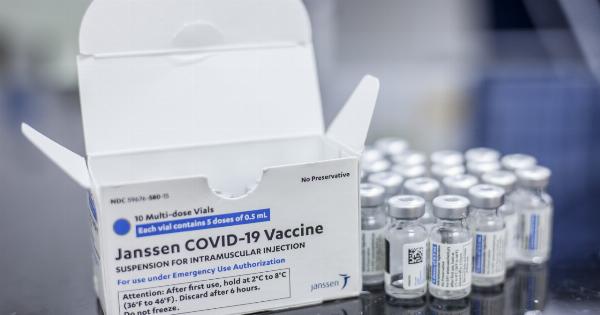Psoriasis is a chronic autoimmune condition that affects the skin, causing inflammation, irritation, and red, scaly patches. While most commonly seen on the skin, psoriasis can also affect the nails, leading to a condition called nail psoriasis.
Nail psoriasis is often overlooked or misdiagnosed, but it is important to identify and treat it properly to prevent further damage. In this article, we will discuss the diagnosis, symptoms, and remedies for nail psoriasis.
Diagnosis of Nail Psoriasis
The first step in diagnosing nail psoriasis is to undergo a thorough examination by a dermatologist or a healthcare professional specializing in skin disorders.
They will evaluate the appearance of your nails, looking for specific signs and symptoms indicative of nail psoriasis. Some common features that help in the diagnosis of nail psoriasis include:.
1. Pitting: Small depressions or holes on the surface of the nails.
2. Ridging: Vertical lines or ridges that run from the cuticle to the tip of the nail.
3. Onycholysis: Separation of the nail from the nail bed, often causing the nail to lift and become discolored.
4. Splinter hemorrhages: Tiny lines of blood beneath the nail plate.
5. Subungual hyperkeratosis: Thickening and buildup of skin or nails underneath the nail plate.
Symptoms of Nail Psoriasis
Nail psoriasis can manifest in various ways and may present with different symptoms. Some common symptoms of nail psoriasis are:.
1. Discoloration: The nail may appear yellowish, brownish, or even greenish due to the presence of fungal infection or underlying inflammation.
2. Nail Thickening: The affected nails may become thicker than normal and may also develop an abnormal shape.
3. Pitting: Formation of small depressions or pits on the surface of the nails.
4. Splinter Hemorrhages: The development of tiny lines of blood beneath the nail plate, resembling splinters.
5. Crumbling: The nails may become fragile, brittle, and prone to easy breakage.
6. Onycholysis: Separation of the nail from the nail bed, leading to discomfort and pain.
It is important to note that nail psoriasis symptoms can vary from person to person, and individuals may experience a combination of different symptoms.
Treatment and Remedies for Nail Psoriasis
While nail psoriasis cannot be cured completely, there are several treatment options and remedies available to manage the symptoms and prevent further damage. Some common treatment approaches for nail psoriasis include:.
1. Topical Medications: The application of topical medications, such as corticosteroids, vitamin D analogs, and retinoids, directly to the affected nails can help reduce inflammation and promote healing.
2. Systemic Medications: In more severe cases of nail psoriasis, oral medications or injections may be prescribed to target the underlying autoimmune response and improve nail health.
3. Phototherapy: Exposing the affected nails to controlled amounts of natural or artificial ultraviolet light can help reduce inflammation and promote healing.
4. Nail Care: Proper nail care is essential in managing nail psoriasis. This includes regularly trimming nails, avoiding trauma to the nails, and using gentle nail care products.
5. Avoiding Triggers: Identifying and avoiding triggers that worsen nail psoriasis symptoms, such as stress, certain medications, and exposure to irritants, can help prevent flare-ups.
6. Lifestyle Changes: Incorporating healthy lifestyle habits, such as maintaining a balanced diet, managing stress levels, and quitting smoking, can contribute to overall nail and skin health.
Tips for Managing Nail Psoriasis
In addition to medical treatments and remedies, there are several tips and lifestyle modifications that can help individuals manage and cope with nail psoriasis:.
1. Keep nails clean and dry to prevent the growth of bacteria or fungi.
2. Avoid using harsh nail care products that may further irritate the nails.
3. Wear gloves while performing activities that may damage or traumatize the nails.
4. Use moisturizers or emollients to keep the nails and surrounding skin hydrated.
5. Protect the nails from excessive trauma or pressure by avoiding tight shoes or ill-fitting footwear.
6. Seek support from psoriasis support groups or healthcare professionals specializing in psoriasis management.
Conclusion
Nail psoriasis is a common but often overlooked manifestation of psoriasis. Proper diagnosis and treatment are essential to manage the symptoms, prevent further damage, and improve the quality of life for individuals with nail psoriasis.
If you suspect you have nail psoriasis, it is important to consult a dermatologist or a healthcare professional specializing in skin disorders for an accurate diagnosis and appropriate treatment plan.





























